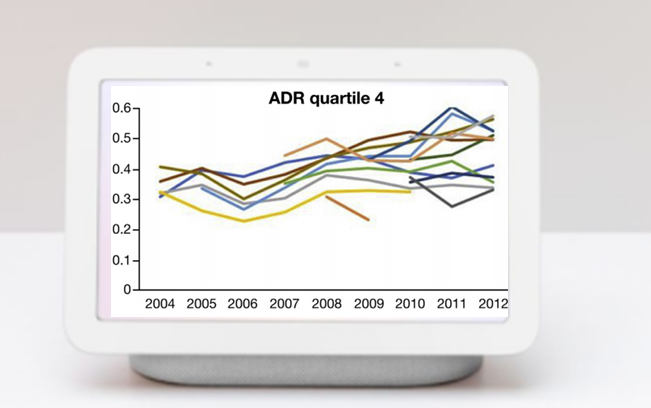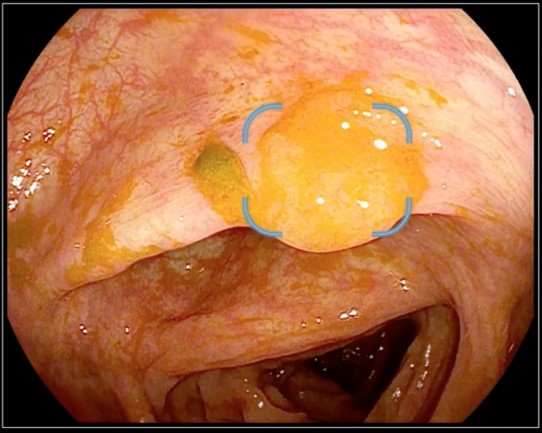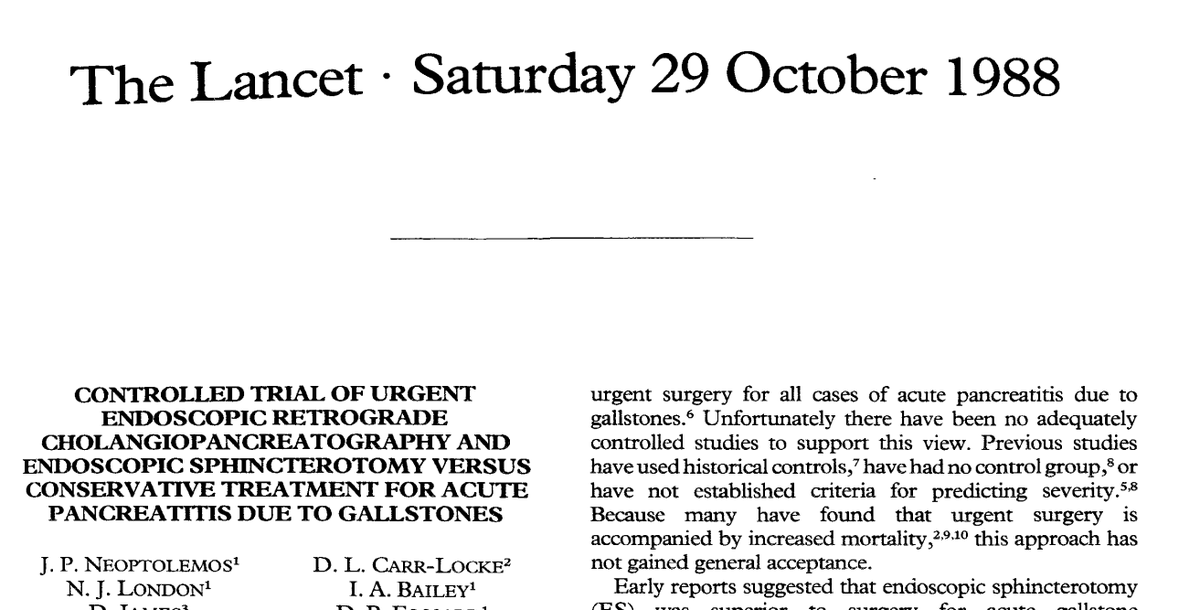
Assoc. Professor @HarvardMed | Advanced Endo @BIDMCHealth | @BrighamMedRes & @BrownMedicine Alum | Favorite initialisms: ERCP/EUS/AI. Link below for COI
How to get URL link on X (Twitter) App


 2/ A common refrain is that cost barriers have been the central reason for slow uptake of evidence-based polyp detection technologies (mucosal exposure caps, wide angle colo, & perhaps #AI).
2/ A common refrain is that cost barriers have been the central reason for slow uptake of evidence-based polyp detection technologies (mucosal exposure caps, wide angle colo, & perhaps #AI). 



https://twitter.com/JBortinger/status/12839203866489241602/ Historically, urgent ERCP for gallstone pancreatitis has been recommended in only 2 subgroups of patients:

 2/9 Previous work by our team and others have shown that #AI polyp detection can improve ADR. A major question has been whether use of on-screen computer-aided detection merely increases the vigilance of the endoscopist (vs. specifically helping find more polyps).
2/9 Previous work by our team and others have shown that #AI polyp detection can improve ADR. A major question has been whether use of on-screen computer-aided detection merely increases the vigilance of the endoscopist (vs. specifically helping find more polyps).

 2/4: Dobbie was a surgical attending @utmedicalcenter focused on nutrition for lung & esophageal CA pts & Hoffmeister was a surgical resident. Until the Dobhoff tube, typical feeding tubes were 18 French (or larger) red rubber tubes, that usually only reached the stomach.
2/4: Dobbie was a surgical attending @utmedicalcenter focused on nutrition for lung & esophageal CA pts & Hoffmeister was a surgical resident. Until the Dobhoff tube, typical feeding tubes were 18 French (or larger) red rubber tubes, that usually only reached the stomach.